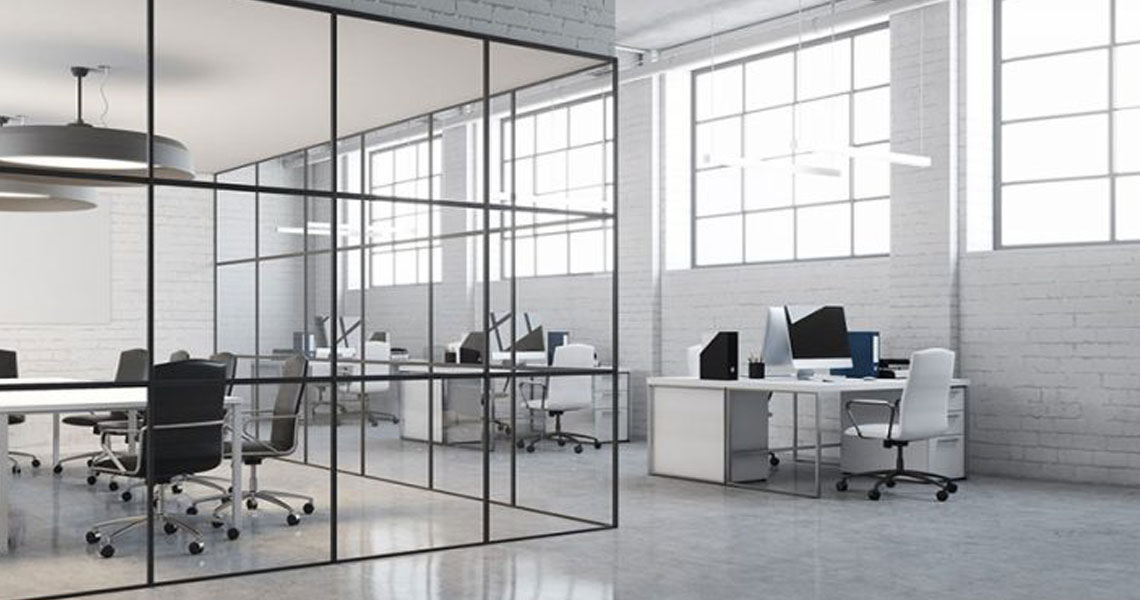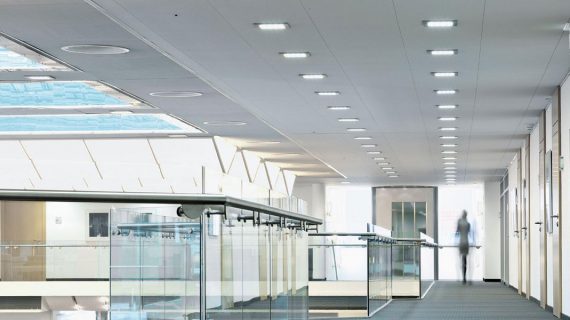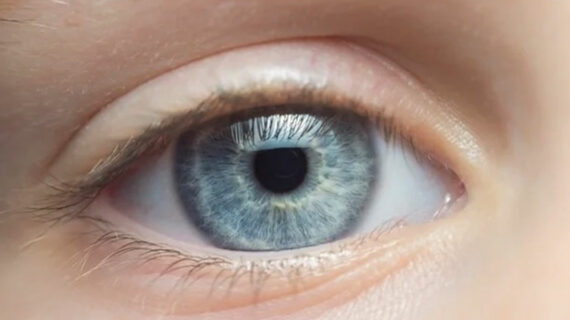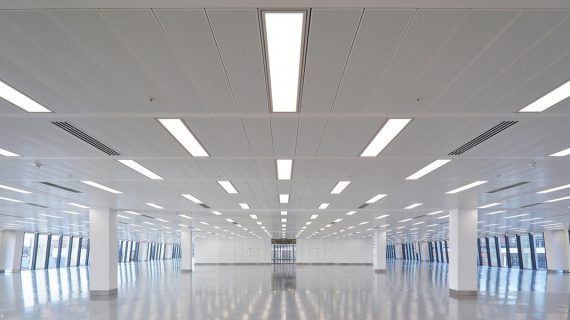Office lighting
The ideal light scheme in the office is a central, non-shady central light, in addition to a lamp next to the workplace.
The model of central “diffused” lighting is a branched chandelier, but a filled luminaire with a diffused flow of light: the light falls from the ceiling surface. It is advisable to avoid contrasts between directed light and light – a sharp transition from light to shadow is tiring. Proper workplace lighting gives monotony. It is desirable to “keep an eye on” the level of lighting.
A lamp with an adjustable luminous flux on a flexible bar or hinge can be used to illuminate the workplace. The workbench can be illuminated with a snap-on lamp or a floor lamp. The main thing is that the light beam can be adjusted to the desired object.
It is advisable to use light bulbs that are not too powerful (power does not exceed 60 watts) for the directed light source. LED lighting can be used.
Incandescent lamps are more suitable for the cabinet than halogen lamps (the larger the surface of the light source, the more diffuse the light distribution).
The light must fall from the side so that it does not form shadows or shine from shiny surfaces. Indirectly falling room lighting and non-directional table lighting are recommended when working with a computer. Such light does not shine in the eyes and does not reflect.
If there is a window in the room, the desk with the computer must be placed perpendicular to it. Lighting contrasts are tiring for the eyes, so in addition to lamps on the desk, it is important to turn on the general room lighting.




